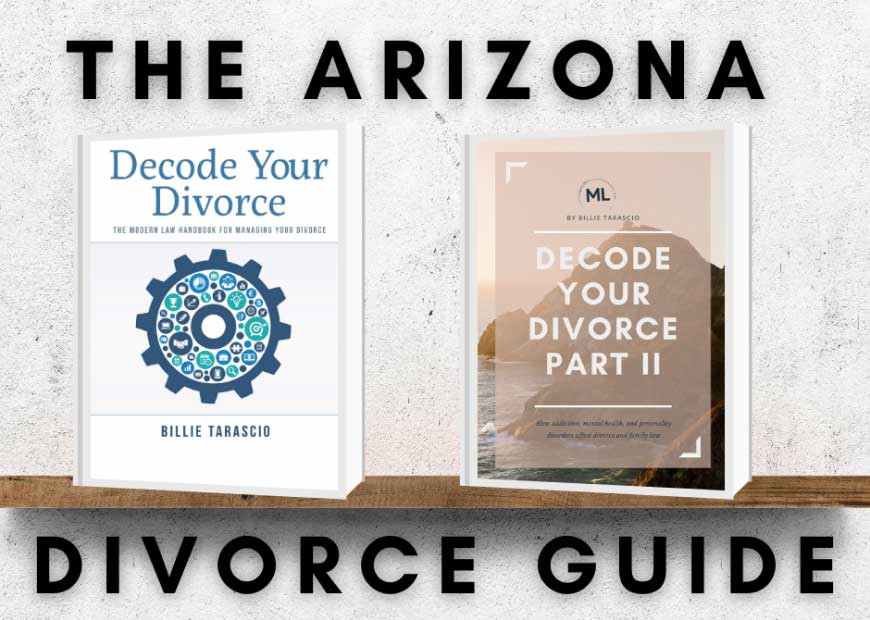What Is Guardianship?
A guardianship gives a person other than the legal parent the ability to care for a child, including, but not limited to, taking possession of the child, enrolling the child in school, making medical decisions for the child, and acting as a parent for the child during a period of time.
Two Guardianships Types:
There are two guardianship types that a person can petition the court for. However, they are slightly different, and have specific requirements.
Title 14 Guardianship
- Title 14 Guardianships are easier to obtain. However, in order to obtain one, you MUST have both legal parents’ consent. The only exception to this is if a parent’s rights have been legally terminated, or a parent is deceased.
- These guardianships are more common for short terms. For example, if a parent is out of town, vacationing, working, or during deployment.
- The guardianship is granted through probate court.
- The legal parent can end the guardianship at any time. It is almost impossible to stop them from ending the guardianship.
- The legal parent requests through the court to revoke the guardianship, and a hearing is scheduled.
Title 8 Guardianship
- Title 8 Guardianships are more difficult to obtain. However, you do not need both parents’ consent.
- Someone can apply for a guardianship, despite the parents’ wishes, if they believe it is not in the child’s best interest to remain with a legal parent.
- The guardianship is granted through juvenile court.
- These guardianships are permanent, meaning you will keep the child in your care until he or she is either 18 years old, or there is a court order revoking the guardianship.
- There will be a hearing when trying to obtain the guardianship. If a parent disagrees with the guardianship, there will be testimony and evidence involved. The court may appoint a person to represent the child and make recommendations to the court, as to what the child’s best interests are.
- These guardianships are harder to terminate. Whomever wishes to terminate the guardianship will be required to file a petition. A hearing will be set and again, testimony will be taken to determine if it is in the child’s best interests to terminate.
What is the best guardianship type for your situation?
Guardianships can be extremely complicated, especially if a legal parent is contesting the guardianship. Before you file for guardianship of a child, you’ll want to consider what the situation is. If you know both parents want the guardianship to be temporary and both are willing to consent, you will want to file a Title 14 guardianship. Even if both parents consent, but you need it to stay in place for a longer period of time, then you’ll want to file a Title 8 guardianship. If both parents do not consent, then you are REQUIRED to file a Title 8 guardianship.
How long will the process take?
This again depends on what type of guardianship you are filing, as well as whether the parent’s consent. If the parents consent, in both a Title 14 and Title 8 guardianship, the process will move very quickly. It may even be completed within a month’s timeframe. If a parent does not consent, be prepared for multiple hearings to be scheduled, along with investigations, and evidence gathering. All of these items can take several months. It is likely you will not have the guardianship immediately. However, if you believe there is an emergency situation, you can request the court put in place a temporary guardianship until all of the other steps are taken in order for it to become permanent.
Do I need an attorney for this?
If both parents consent, and you are good with paperwork, you should be able to accomplish this on your own. However, if you are not detail oriented and/or a parent is not consenting, it is recommended you speak with an attorney who has dealt with both types of guardianships.





